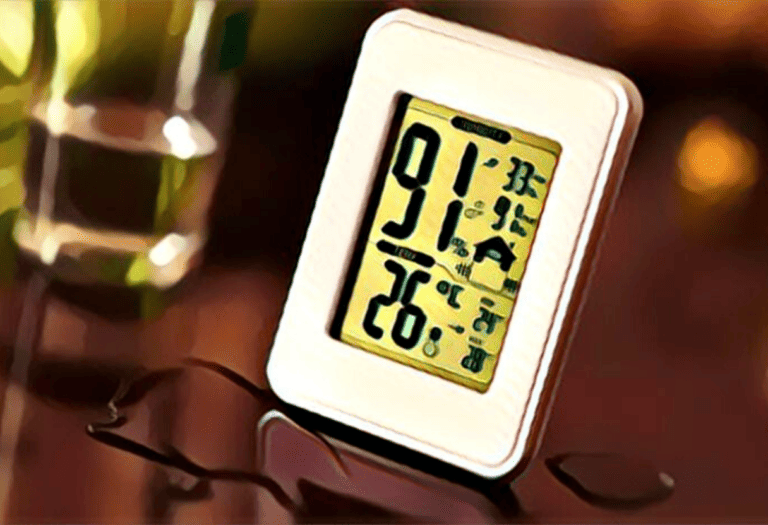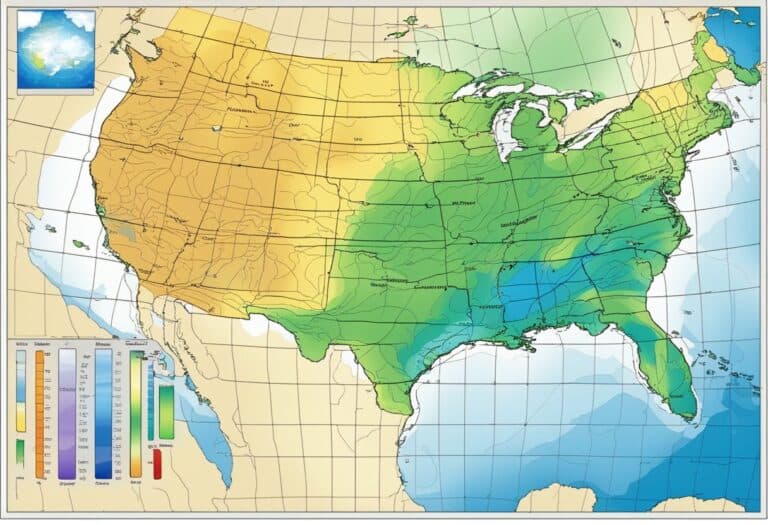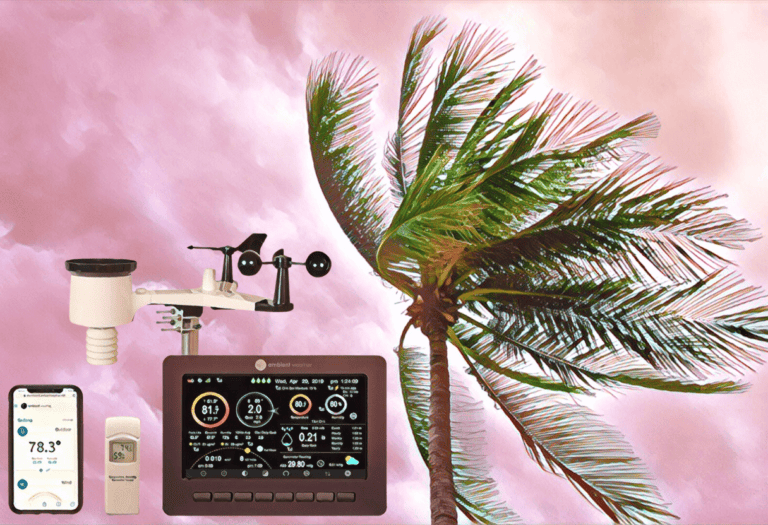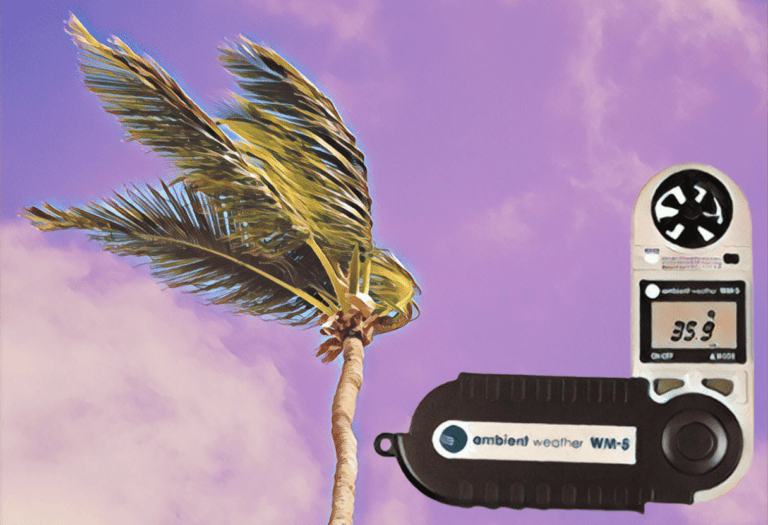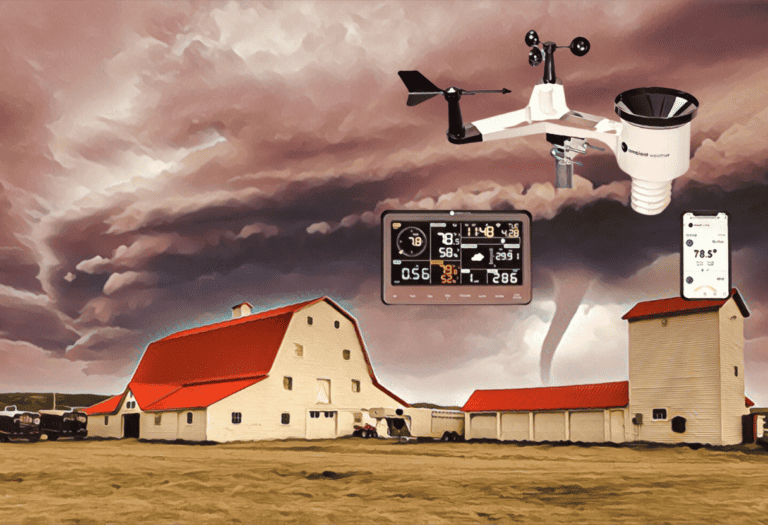Weather apps on smartphones and other devices are vital tools for staying informed about the weather conditions in multiple locations.
Whether you’re planning a trip, keeping an eye on the weather where family members live, or just satisfying curiosity, these apps can store various cities and locales for quick reference. However, over time, you might find that your weather app is cluttered with locations you no longer need or that are no longer relevant to your interests.
Managing the locations in your weather app not only helps in de-cluttering your digital space but also ensures that the app runs efficiently on your device. Deleting a city or location you no longer wish to monitor from your weather app can be a simple process that varies slightly from app to app.
By removing these unnecessary entries, you also help to maintain a layer of privacy, as each location stored can potentially be a data point that reveals your interests and travel patterns.
To delete a city from a weather app, open the app, find the city, swipe left or long-press, and tap delete or remove. The steps may vary by app and device. More information in the article.
Understanding Weather App Basics
When it comes to managing your daily activities, understanding the weather is crucial. Weather apps provide you with forecasts and weather conditions right at your fingertips, whether you’re using an iPhone, iPad, Android device, or even an Apple Watch.
Varieties of Weather Apps
There are several types of weather apps available across various platforms including iOS and Android. Some are simplistic, offering just the basic weather forecasts, while others are more complex, incorporating radar maps and severe weather alerts. The kind of weather app you might prefer on your iPhone might differ from what you’d want to glance at on an Apple Watch due to the differences in screen size and typical interaction time.
Common Features of Weather Apps
Regardless of the platform, most weather apps have certain features in common:
- Forecasts: Typically offered in daily, hourly, or even minute-by-minute increments.
- Alerts: Notifications for severe weather conditions like storms or high winds.
- Radar: Visual maps showing precipitation and cloud cover.
On iOS and Android devices, weather apps often integrate with your device to provide location-specific weather updates. On the iPhone and iPad, this could mean automatic updates based on your GPS location, while on an Android device, you might have more customization options for widgets and notifications.
Whether you’re checking for sun on a lazy Sunday afternoon or preparing for a stormy commute, these apps are designed to provide the information you need quickly and accurately.
Adding and Managing Locations
Managing locations on your weather app is crucial to receive accurate weather updates for the places that matter most to you. This includes adding new locations to your list and editing them as necessary.
How to Add New Locations
To add a new city or location to your weather app, locate the search bar typically found at the top of the app screen. Enter the name of the city or location you wish to add. Once the correct city appears in the search results, tap to add locations to your list. Ensure you select the right one, as some cities can have the same name but are in different countries or states.
Editing and Rearranging Cities List
To edit your list of locations, look for an edit button or a way to enter edit mode—this is often indicated by a pencil icon or the word “edit.” Once in edit mode, you can remove locations by selecting a delete or remove option, usually symbolized by a trash can or minus sign next to the city’s name. To rearrange cities on your list, you might need to press and hold a location name and then drag it to your desired position in the list. Save your changes to finalize the editing process.
Step-by-Step Guide to Deleting a City or Location

Organizing your weather app by removing unnecessary cities or locations helps keep the information relevant and quickly accessible. Follow the steps detailed below to streamline your experience based on your device.
Deleting Locations on iOS Devices
To remove a location on a device running iOS 15 or above:
- Open your weather app.
- Find the list of added cities.
- Swipe left on the city you wish to delete.
- Tap the trash icon that appears to remove the location.
Removing Cities on Android Devices
For Android users looking to clean up their weather app:
- Launch the weather application.
- Locate the city you no longer need.
- Perform a long press or look for an edit option.
- Once in edit mode, select the option to remove or delete the city, which may be symbolized by a trash icon.
Special Instructions for Apple Watch Users
Apple Watch users have a slightly different process:
- Press the Digital Crown to see your apps, and then tap on the weather app.
- Swipe left on the city you want to remove.
- Tap the delete button to confirm the removal. Typically, changes made on your Apple Watch will sync with your iPhone.
All of these actions will help maintain a tidy interface so that you can focus on the locations that matter most to you.
Ensuring Data Privacy and App Performance
Managing your weather app entails ensuring the security of your personal data while maintaining optimal app performance. Both of these goals can be supported by regularly managing the locations in your app.
Why Delete Locations Regularly
Data Privacy: Every city or location added to your weather app may contribute to the amount of data the app stores about you. Regularly deleting locations that you are no longer monitoring serves multiple purposes:
- Reduces Data Exposure: Less data in the app minimizes what could be compromised if a data breach occurs.
- Maintains Relevance: Keeping only current locations ensures that the app’s data reflects your actual needs, reducing digital clutter.
App Performance: Apps store data such as temperature for each location to provide forecasts. This data, both historical and real-time, can accumulate and potentially degrade app performance. By deleting unnecessary locations, you:
- Reduce Storage Needs: Decreases the amount of local storage the app uses on your device.
- Improve Load Times: Minimizes the time it takes to refresh and load new data, as there’s less historical information to process.
Impact of Deleting Cities on Weather Data
Horizontal Data Spread Reduction: Weather apps often spread data horizontally across multiple cities and times. Deleting irrelevant locations can streamline this spread, ensuring the app delivers the most pertinent temperature and weather data for your current interests.
Effect on Data Accuracy: Clearing out old or unused cities should not impact the accuracy of the weather data for the locations you keep. The app will continue to source and update temperature and forecasts for your saved cities with the same precision.
By conscientiously managing your weather app locations, you’re reinforcing data privacy and fostering a more responsive and efficient user experience.
Frequently Asked Questions
When you want to organize the list of cities in your weather app, you might need to remove certain locations. Here’s how you can achieve that in various weather applications across different devices.
How can I eliminate a city from the iPhone’s built-in Weather app?
To remove a city from your iPhone’s built-in Weather app, swipe left on the city you want to delete and tap the “Delete” button that appears.
What steps are required to remove a location from the Android Weather application?
In the Android Weather app, press and hold the city you wish to remove. After a moment, an option to delete or remove should appear, which you can then select to confirm the deletion.
Is there a way to permanently delete a saved city from my weather app settings?
To permanently delete a saved city from most weather apps, navigate to the app’s settings or edit mode, select the city to remove, and confirm your choice to delete, making the change permanent.
Can you guide me through removing a city from the AccuWeather application?
In AccuWeather, locate the list of your saved locations, swipe left on the one you want to discard, and press the “Delete” button to remove the city from your list.
Why am I unable to remove a weather location on my iPhone, and how can I fix it?
If you can’t remove a weather location on your iPhone, ensure the app is updated to the latest version. If the problem persists, try restarting your device or reinstalling the Weather app.
What is the process for deleting a Weather location on a Samsung smartphone?
On a Samsung smartphone, open the Weather app, locate the city you wish to delete in your saved locations, tap and hold it, and select “Remove” or “Delete” from the resulting options.


